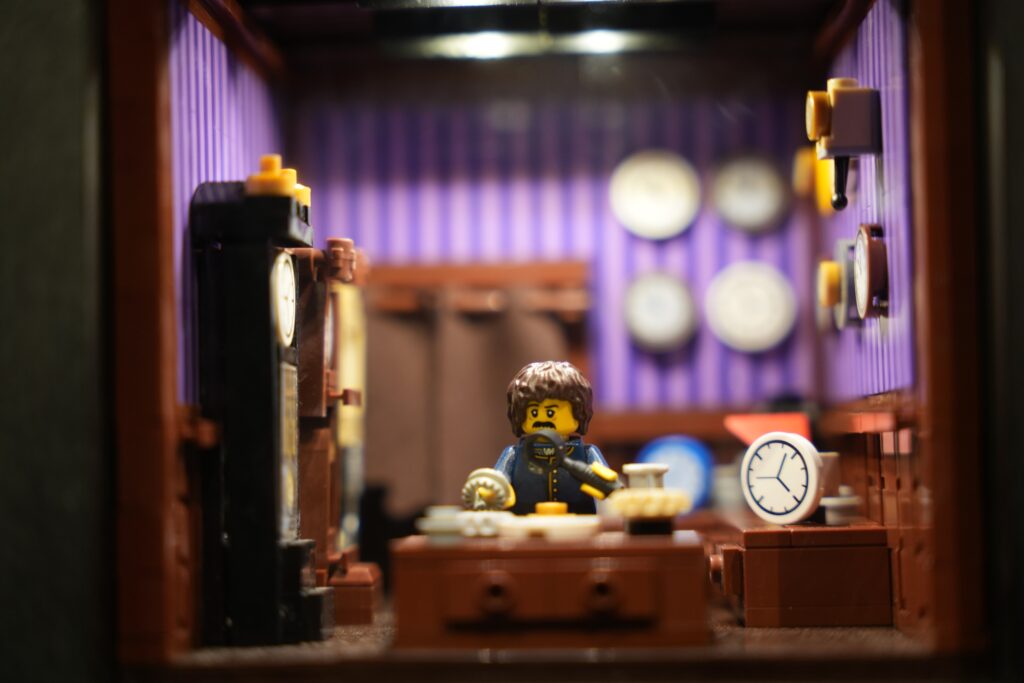“What problem we are trying to solve?”

Whenever a client comes to us with a request to change things on their website, we don’t always jump straight into making those changes. Instead, we like to start by asking, “What problem we are trying to solve?”
Often, articulating and defining the problem requires a bit of work, while other times, it’s straightforward.
For example, a client asked for a “View Open Positions” button on their Careers page to be turned into a dropdown. I asked the client the question – but included my best guess at their answer:
What’s the problem that you’re trying to solve here? Is it to give better visibility to the available jobs? If so, listing the jobs directly on the page might be more effective than hiding them in a dropdown. A dropdown still requires an action from the user, which isn’t much different from clicking the button.
In this instance, the client confirmed that visibility was the problem they wanted to solve, so we proceeded with the suggested approach.
Another example involved a food blogging client using Slickstream for their search, who wanted to change their search UI from a text box to an icon.
It turned out that the client wanted to solve an issue that they were having while using their own website. When they began typing in the search box, the Slickstream window would pop up, often interrupting their typing– half of the text ended up in the page’s search box, and the other half in the Slickstream search box, requiring them to retype their query. They hoped that removing the search box on the page would stop this issue.
In addressing this, we noted that this was due to the Slickstream script not fully loading. The client’s experience was probably an unusual case–most people wouldn’t start typing in the search box immediately when visiting the site. Also, many food bloggers include the text box to give more visibility to search, as people often look for a box to type in rather than an icon to click.
Changing to an icon wouldn’t solve the problem either. Clicking the icon quickly before Slickstream had fully loaded would either do nothing at all or, more commonly, trigger the theme’s backup search form, which is there in case Slickstream isn’t active.
In this case, we decided to leave things as they were, without making any changes.
All my life, I’ve found that I learn best by asking lots of questions. My first school report card read: “Rachel asks too many questions. She should be quiet instead.” At the time, I felt so small and ashamed, but now I wear it as a badge of honor. Asking questions allows us to be thoughtful and strategic, ensuring we fully understand the underlying issue before starting work.
